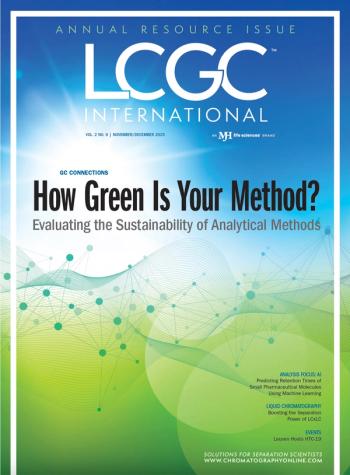
LCGC Europe eNews
- LCGC Europe eNews-10-31-2013
- Volume 0
- Issue 0
NIH Grants $1.86 million to University of Buffalo Drug Development Programme
The National Institutes of Health (NIH) has recently awarded several grants totalling $1.86 million to the University at Buffalo?s HIV Clinical Pharmacology Research Programme. The grants are to be used to fund new initiatives in hepatitis C (HCV) drug development, nanomedicine research for tuberculosis (TB), and for the study of pharmacogenomics of neurocognitive disorders for people with HIV and AIDS.
The National Institutes of Health (NIH) has recently awarded several grants totalling $1.86 million to the University at Buffalo’s HIV Clinical Pharmacology Research Programme. The grants are to be used to fund new initiatives in hepatitis C (HCV) drug development, nanomedicine research for tuberculosis (TB), and for the study of pharmacogenomics of neurocognitive disorders for people with HIV and AIDS.
Gene D. Morse, professor of pharmacy practice and associate director of UB’s New York State Center of Excellence in Bioinformatics and Life Sciences (CoE), said: “The awards provide additional funding for the UB programme while also expanding our HIV pharmacology research to include drug development for hepatitis C and tuberculosis.”
Morse currently directs the AIDS Clinical Trials Group (ACTG) Clinical Pharmacology Core — a network of laboratories that includes pharmacology specialty laboratories (PSL) in the USA, Thailand, and Africa. The University of Buffalo pharmacology specialty laboratory investigates the development of new drugs, focusing on bioanalysis. The group currently develops and validates drug assays using innovative applications of liquid chromatography (LC) and mass spectrometry (MS).
For more information visit
Articles in this issue
about 12 years ago
Tips for Surviving a Zombie Attack in the Laboratoryabout 12 years ago
Malvern Instruments Opens New Office in Mexico CityNewsletter
Join the global community of analytical scientists who trust LCGC for insights on the latest techniques, trends, and expert solutions in chromatography.



